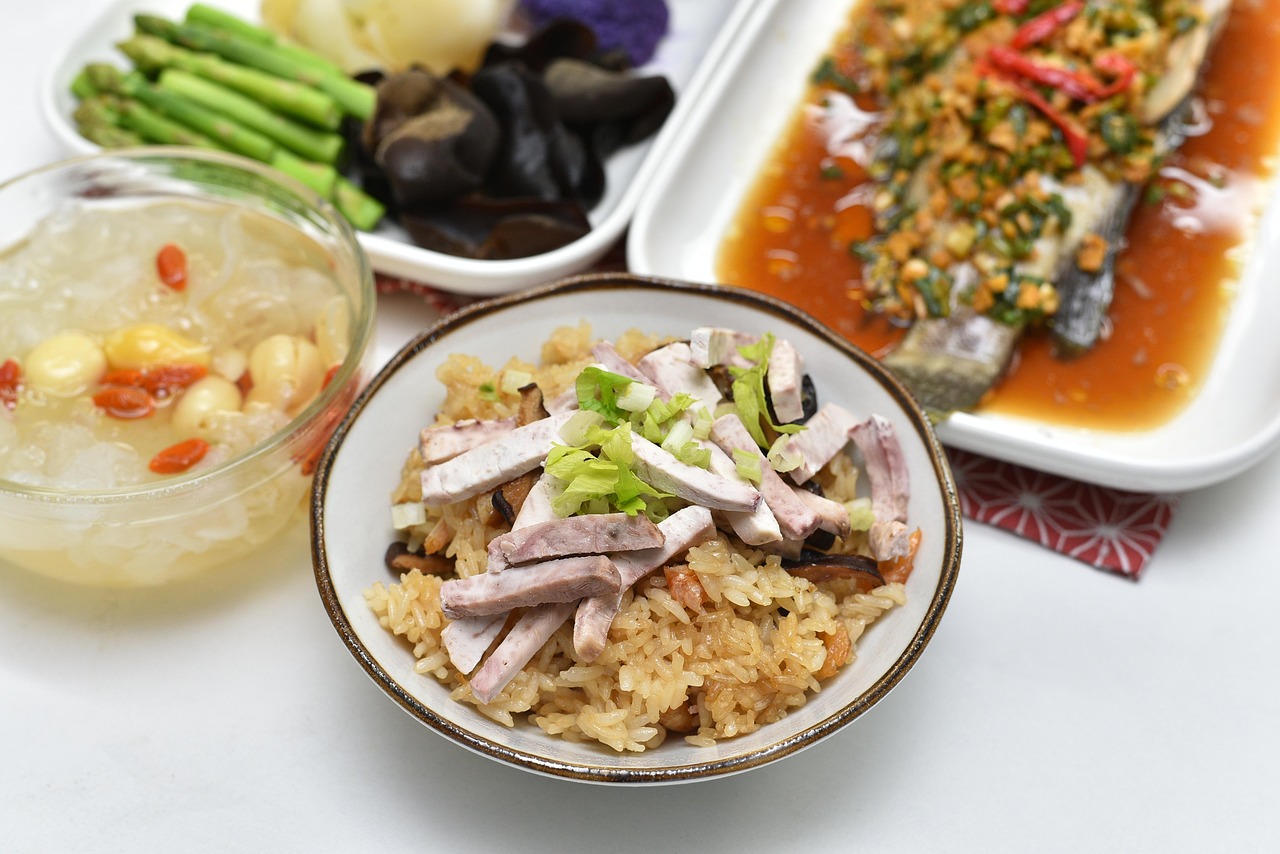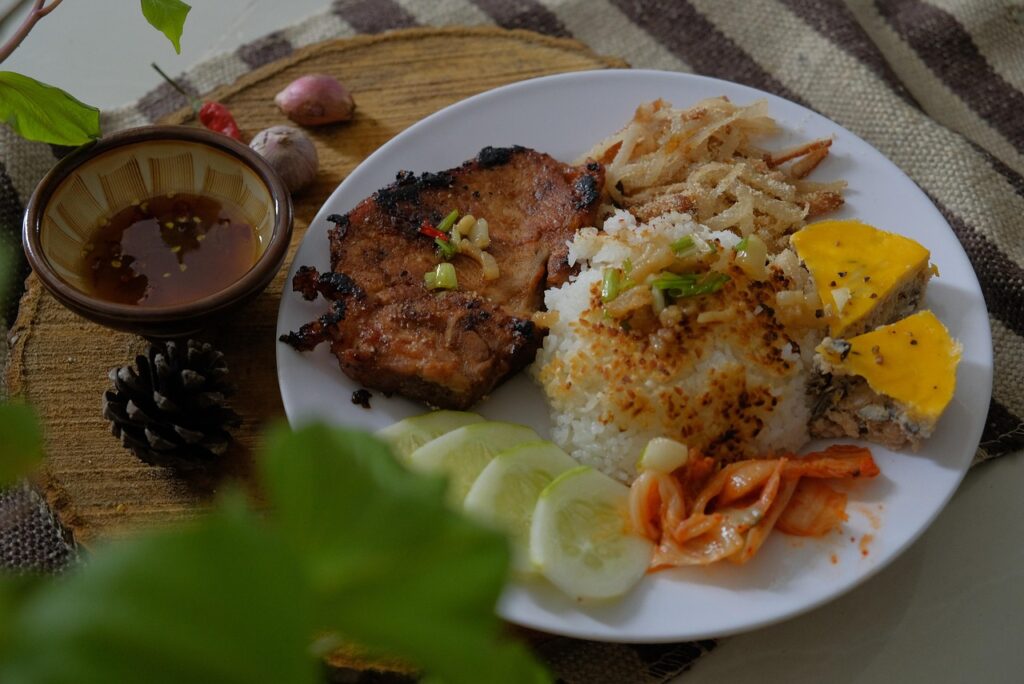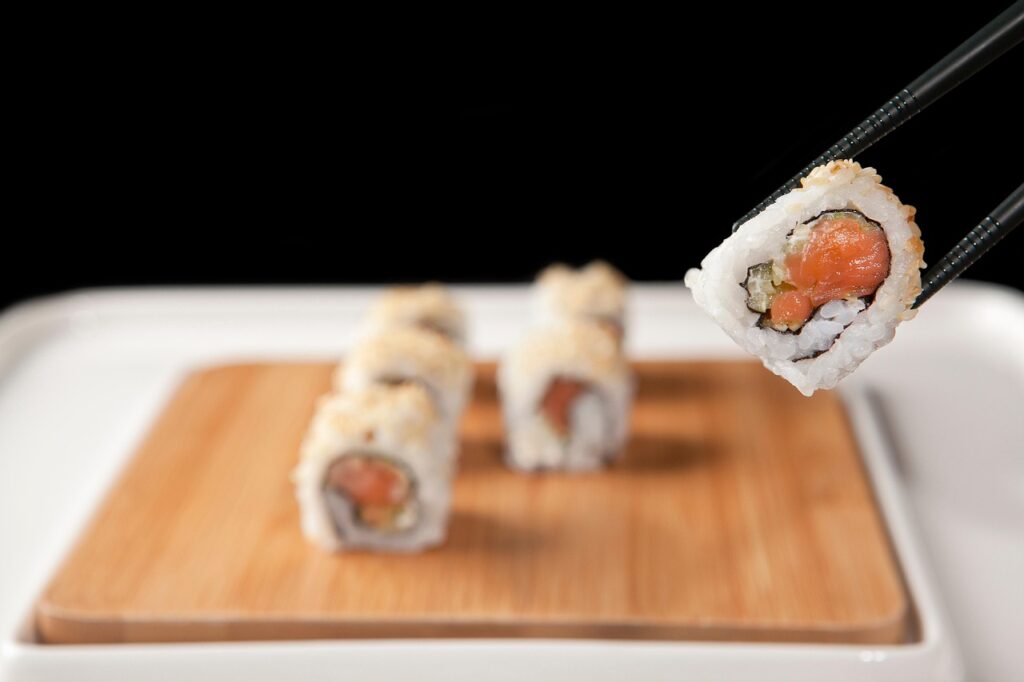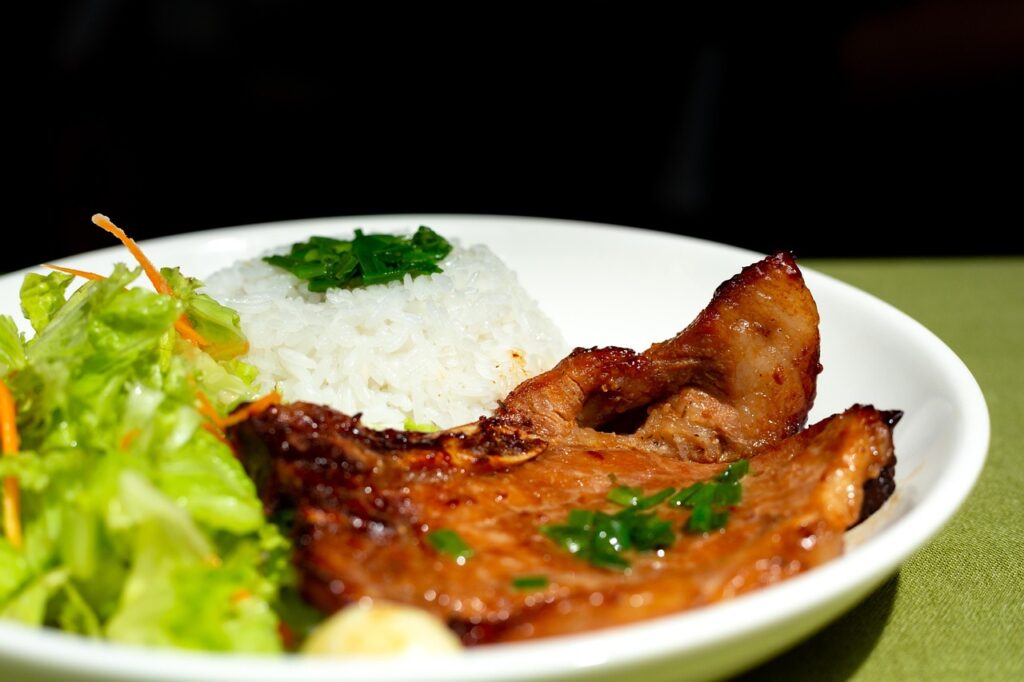30 Earth Day Facts You Didn’t Know About Our Amazing Planet


Rice, a staple food across the globe, has woven itself into the cultural and culinary fabric of numerous societies. From the fragrant basmati of India to the sticky sushi rice of Japan, this versatile grain has inspired countless rice meals that showcase its adaptability and appeal. As we delve into the world of rice recipes, we uncover a rich tapestry of history and innovation, where traditional dishes meet contemporary culinary creativity. Whether you’re a home cook, a food enthusiast, or a culinary student, understanding the history of rice dishes and mastering the art of rice cooking can elevate your culinary skills and broaden your palate.
The historical significance of rice is immense, with its cultivation dating back thousands of years. Originating in Asia, rice became a cornerstone of many civilizations, influencing trade routes and cultural exchanges. In China, rice is more than just food; it symbolizes life and fertility. Similarly, in India, rice is integral to religious rituals and ceremonies. As rice spread to other parts of the world, it adapted to local tastes and ingredients, giving rise to diverse rice meals that reflect the unique cultural landscapes of each region.

Classic rice dishes offer a glimpse into the culinary traditions of the past. One such dish is the Spanish paella, a vibrant combination of rice, saffron, and a mix of seafood or meats, which captures the essence of Spanish coastal cuisine. In Italy, risotto showcases the creamy potential of rice, with Arborio rice slowly cooked to perfection with broth and enriched with Parmesan cheese. Meanwhile, the Persian tahdig, known for its crispy golden crust, highlights the artistry involved in transforming simple ingredients into a culinary masterpiece.
Examples of classic rice dishes abound, each with its own story and flavor profile. Consider the comforting jambalaya from Louisiana, a spicy mix of rice, sausage, and seafood that embodies the melting pot of cultures in the American South. Or the fragrant biryani, a layered rice dish with origins in the Indian subcontinent, where aromatic spices and tender meats meld together to create a feast for the senses.
Fried rice, a dish beloved for its simplicity and versatility, has seen numerous modern variations that cater to contemporary tastes. While traditional fried rice recipes typically include eggs, vegetables, and leftover meats, modern interpretations might incorporate quinoa, cauliflower rice, or even plant-based proteins for a healthier twist. These adaptations not only reflect changing dietary preferences but also demonstrate the dish’s enduring appeal and capacity for reinvention.
Consider a kimchi fried rice, which infuses the dish with the tangy, spicy flavors of Korean fermented cabbage, or a Thai-inspired pineapple fried rice that adds a sweet and savory dimension with chunks of juicy pineapple and cashews. Such innovations keep the spirit of fried rice alive while inviting cooks to experiment with new ingredients and flavor combinations.
Chicken rice dishes are a testament to the universal appeal of this simple yet satisfying combination. In Asia, Hainanese chicken rice stands out as a celebrated dish, featuring poached chicken and fragrant rice cooked in chicken stock and served with a trio of sauces. Across the globe, arroz con pollo, a Latin American favorite, pairs rice with chicken and a medley of vegetables and spices, showcasing the adaptability of this classic pairing.
In the Middle East, kabsa combines chicken with spiced rice, nuts, and dried fruits, offering a rich tapestry of flavors and textures. Meanwhile, in the Caribbean, pelau brings together rice, chicken, and pigeon peas in a dish that’s both hearty and flavorful, reflecting the region’s diverse culinary influences.
Rice meals are not only delicious but also offer nutritional benefits that vary depending on the type of rice and ingredients used. White rice, while popular, has less fiber compared to brown rice, which retains its bran layer and offers more dietary fiber. Additionally, rice is naturally low in sugars, making it a suitable option for those monitoring their sugar intake. Understanding these nutritional facts can help you make informed choices when preparing rice dishes.

Incorporating whole grains like brown or wild rice into your meals can enhance their nutritional profile, providing essential vitamins and minerals. Pairing rice with vegetables, lean proteins, and healthy fats can create balanced meals that support overall health and well-being.
Mastering the art of cooking rice is essential for creating perfect rice meals. The key lies in selecting the right type of rice for your dish and employing proper cooking techniques. For fluffy rice, rinsing the grains before cooking can remove excess starch, while using the correct water-to-rice ratio ensures even cooking. Steaming is another method that can yield tender, separate grains.
For those seeking to perfect their rice cooking skills, understanding the nuances of different methods can be invaluable. The absorption method, where rice is cooked until all the water is absorbed, is ideal for most long-grain varieties. Meanwhile, the pilaf method involves sautéing rice in oil or butter before adding liquid, enhancing the dish’s flavor and texture.
For those with hectic schedules, quick and easy one-pan rice recipes offer a convenient solution without compromising on taste. These dishes typically require minimal preparation and cleanup, making them ideal for busy weeknights. For instance, a simple chicken and vegetable stir-fry with rice can be prepared in under 30 minutes, providing a nutritious and satisfying meal for the whole family.
Another option is a shrimp and sausage jambalaya, which brings together bold flavors in a single pan, ready in about 40 minutes and serving four. These recipes demonstrate that with a few key ingredients and efficient techniques, delicious rice meals can be easily achieved, even on the busiest of days.
Rice bowls have become increasingly popular as a way to combine a variety of flavors and textures in a single, satisfying meal. These bowls often feature a base of rice topped with proteins, vegetables, and sauces, allowing for endless customization. From a teriyaki chicken rice bowl with steamed broccoli and sesame seeds to a spicy tofu and avocado bowl with sriracha mayo, the possibilities are limited only by your imagination.
Creative rice bowls offer an opportunity to experiment with global flavors and ingredients. A Mediterranean-inspired bowl might include grilled lamb, tzatziki, and olives, while a Mexican-style bowl could feature black beans, corn, and salsa. These combinations not only delight the taste buds but also provide a balanced and nutritious meal.
Rice plays a crucial role in vegetarian and vegan diets, serving as a versatile base for plant-based meals. Its neutral flavor and ability to complement a wide range of ingredients make it an ideal choice for creating satisfying vegetarian and vegan dishes. From hearty lentil and rice pilafs to vibrant vegetable stir-fries, rice provides a foundation for meals that are both nutritious and delicious.

Innovative rice recipes from creative cooks and recipe creators continue to expand the possibilities of plant-based eating. Consider a coconut curry rice bowl with chickpeas and spinach, or a zesty lemon herb rice with grilled vegetables. These recipes highlight the adaptability of rice and its ability to support a variety of flavors and culinary styles.
The future of rice cuisine is poised for exciting developments as chefs and home cooks alike experiment with new techniques and ingredients. With a growing interest in sustainability and health-conscious eating, we can expect to see more emphasis on whole grains and alternative rice varieties. Additionally, the fusion of global flavors and the integration of technology in cooking may lead to innovative rice dishes that surprise and delight.
As we continue to explore the world of rice meals, the enduring appeal of this humble grain remains evident. Its rich history and versatility ensure that rice will continue to inspire culinary creativity for generations to come.